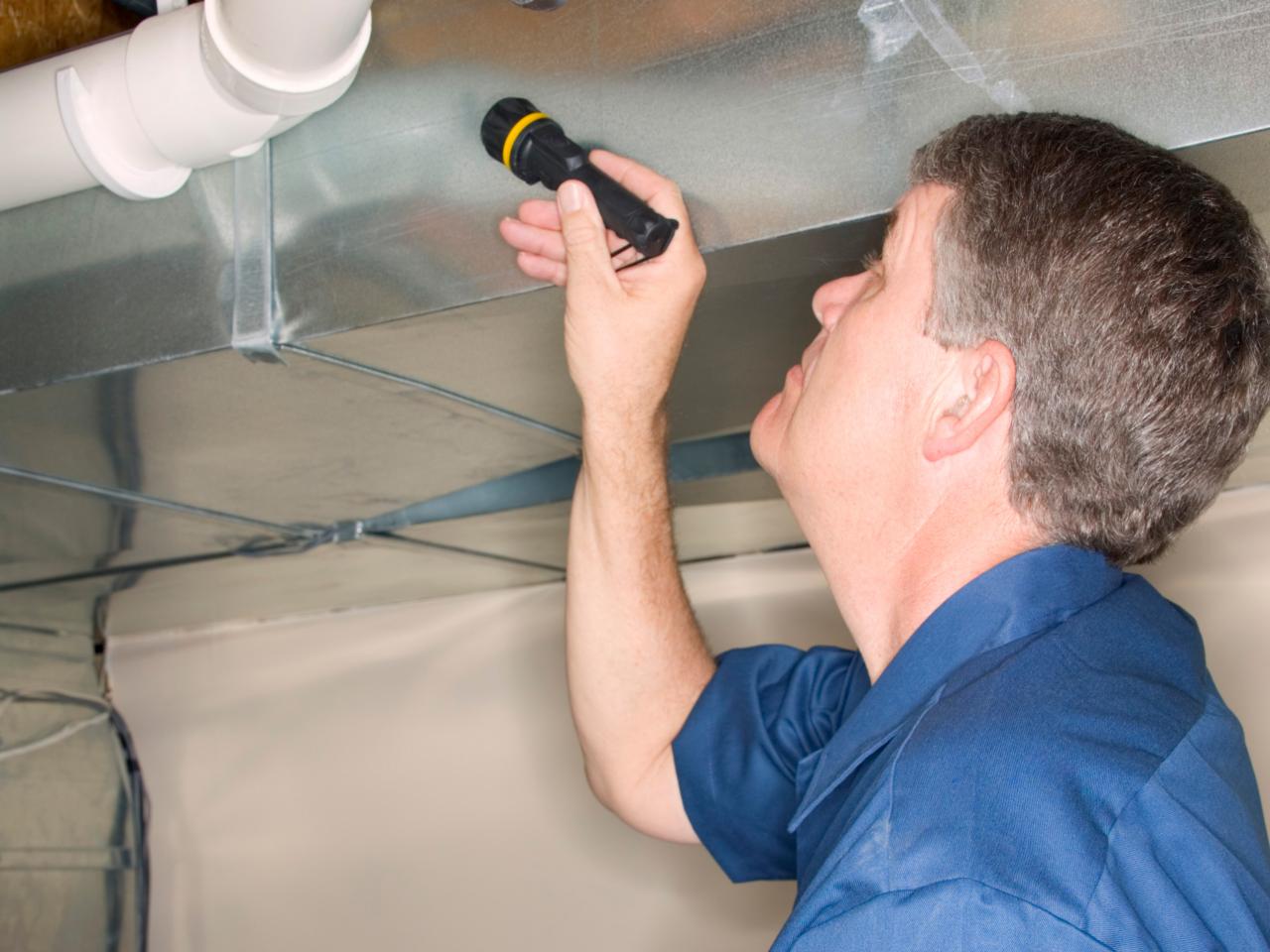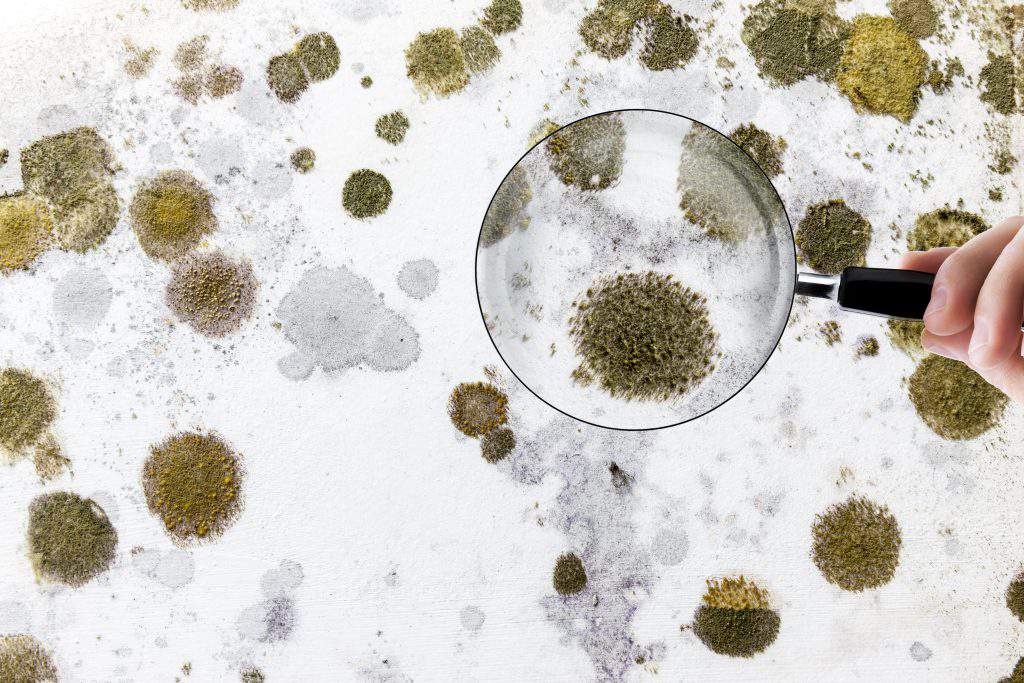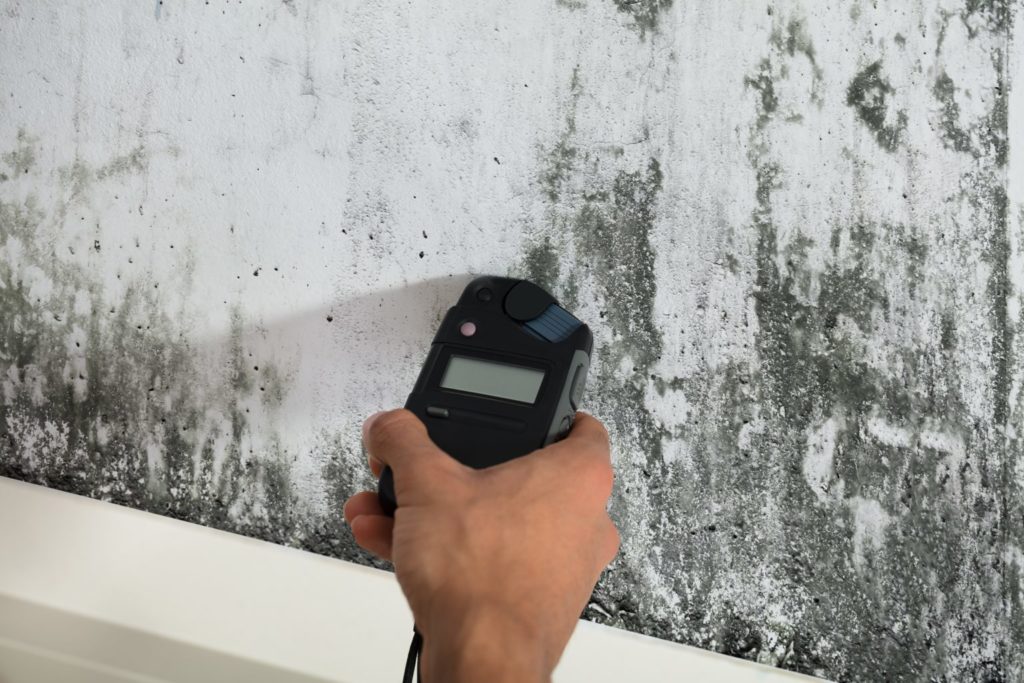Vital Steps After Mold Remediation
Vital Steps After Mold Remediation
Blog Article
Your Ultimate Overview to Article Mold Remediation Techniques
Navigating the world of post-mold removal methods is a meticulous process that requires interest to detail and a comprehensive understanding of the details entailed. In the after-effects of mold infestation, recognizing exactly how to efficiently eradicate the mold and mildew and avoid its reoccurrence is critical for keeping a healthy and balanced indoor setting. From choosing the best cleansing and sanitizing methods to applying methods for long-term mold and mildew prevention, each action in the remediation trip plays a vital role in making certain a successful end result. As we start this exploration of post-mold removal techniques, we will reveal the crucial strategies and finest practices that can assist you recover your area to its pre-mold problem and protect it versus future mold dangers.
Recognizing Post-Mold Remediation Process
After finishing the mold remediation procedure, it is essential to understand the post-mold removal methods that are required to ensure a detailed and efficient clean-up. As soon as the mold has been gotten rid of, the following step includes cleansing and disinfecting the influenced areas to stop any regrowth of mold and mildew.
Moreover, carrying out a final evaluation post-remediation is important to make sure that all mold has been effectively eliminated. If the evaluation exposes any lingering mold, added removal may be required.
Effective Cleaning and Decontaminating Approaches

Avoiding Future Mold Development

Value of Appropriate Ventilation
Correct air flow plays an important function in preventing dampness buildup, a key aspect in mold development within interior settings. Reliable air flow systems help remove excess moisture from the air, reducing the opportunities of mold and mildew spores finding the dampness they require to sprout and spread. Without ample ventilation, interior spaces can come to be a breeding place for mold and mildew, resulting in possible health dangers and architectural damage.
By making certain proper air blood circulation, ventilation systems can likewise aid in drying out moist locations more swiftly after water damages or flooding cases, additionally deterring mold development. Post Mold Remediation. Precede like washrooms, attic rooms, cooking areas, and cellars where moisture levels tend to be higher, setting up and preserving efficient air flow systems is critical in protecting against mold and mildew infestations

Monitoring and Upkeep Tips
Given the crucial function that appropriate ventilation plays in stopping mold and mildew development, it is imperative to develop efficient surveillance and upkeep pointers to make certain the ongoing capability of air flow systems. Surveillance moisture degrees within the building is additionally crucial, as high humidity can add to mold and mildew development. By staying positive and mindful to the condition of ventilation systems, property proprietors can properly alleviate the danger of mold regrowth and maintain a healthy and balanced interior atmosphere.
Conclusion
Finally, post-mold removal strategies are necessary for making sure a clean and safe environment. Understanding the procedure, carrying out effective cleansing and sanitizing techniques, protecting against future mold development, preserving proper air flow, and routine monitoring are all critical actions in the remediation procedure. By complying with these guidelines, you can effectively eliminate mold and mildew and avoid its return, functioning or promoting a healthy and balanced living space for all owners.
In the consequences of mold and mildew invasion, knowing exactly how to effectively remove the mold and stop its reoccurrence is critical for keeping a healthy interior environment. When the mold has actually been removed, the following action includes cleansing and sanitizing the affected locations to avoid any regrowth of mold and mildew - testing air quality after mold remediation. After getting rid of visible mold development, it is essential to cleanse all surfaces in the damaged area to eliminate any kind of remaining mold and mildew spores. To even more enhance mold and mildew prevention procedures, it is vital to resolve underlying issues that at first led to mold advancement.Provided the essential role that proper ventilation plays in stopping mold and mildew development, it is essential to establish efficient tracking and upkeep ideas to make certain the ongoing capability of air flow systems
Report this page